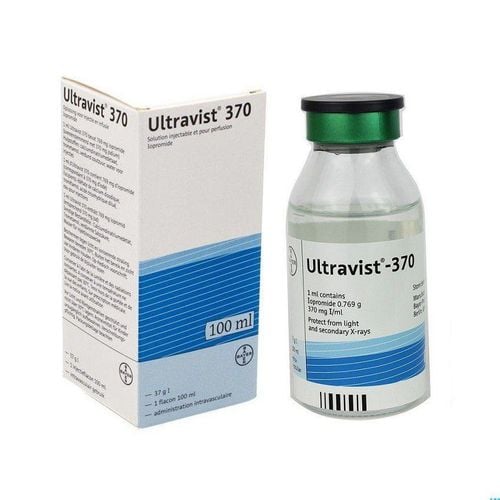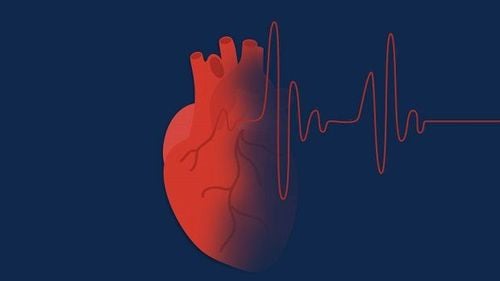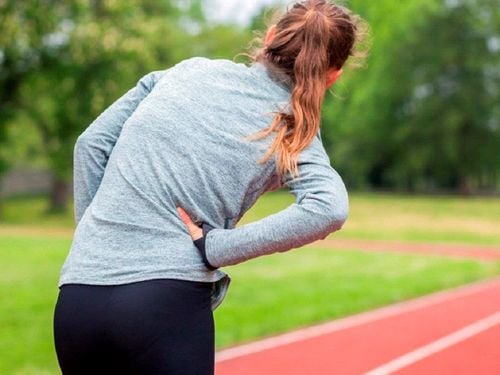This is an automatically translated article.
The article is expertly consulted by Master, Doctor Luu Thi Bich Ngoc - Doctor of Radiology - Department of Diagnostic Imaging and Nuclear Medicine - Vinmec Times City International General Hospital. The doctor has 06 years of experience in the field of diagnostic imaging.Diagnosis of spinal stenosis helps determine the disease condition and provide an accurate and effective treatment plan. In addition to checking the clinical signs, the doctor will also have specific imaging instructions for each patient.
1. What is spinal stenosis?
Spinal stenosis is a disease not many people know, but increasingly common. The spinal canal is the hollow cavity of the vertebrae, containing the spinal cord and nerve roots. Spinal stenosis is a condition in which the spinal canal narrows, putting pressure on the nerve roots and spinal cord.Causes of spinal stenosis can be due to:
Congenital: Many people are born with a smaller than normal part of the spinal canal, with congenital spinal defects. Age: Most people with spinal stenosis are over 50 years old, can occur in both men and women through a long time of living and exercising. Bone diseases: Examples include Paget's disease, which affects muscle and bone growth (seen in young people). Trauma history: Past trauma or tumor in the spine Disc herniation: Causes the disc masses to become displaced, begin to dry out and enlarge... The disease can occur locally - in the lower back (lumbar stenosis) or neck (cervical stenosis), or the entire spinal canal. Spinal stenosis is not usually too dangerous, but there are cases where surgery is needed to reduce pressure on the spinal cord or nerves, reducing the impact on the patient's mobility and activities.
2. Diagnosis of spinal stenosis by symptoms
Potential symptoms of spinal stenosis will vary, depending on the location and severity of the disease. Some common signs include:Radiating pain: Pain that radiates from the spine to the arms or legs. The degree can range from a dull ache to a burning sensation. Local pain in the spine: Sometimes pain is felt in the neck or lower back. Signs of a pinched nerve root: Tingling, numbness, or weakness in the arms/legs. Signs of spinal cord compression: Tingling, numbness, weakness in the arms and/or legs, with difficulty controlling bladder or bowel muscles. Horsetail syndrome (due to compression of the nerve root at the end of the spinal cord): Loss of feeling in the saddle, defecation or urinary incontinence, ... need immediate medical intervention to avoid nerve damage forever.
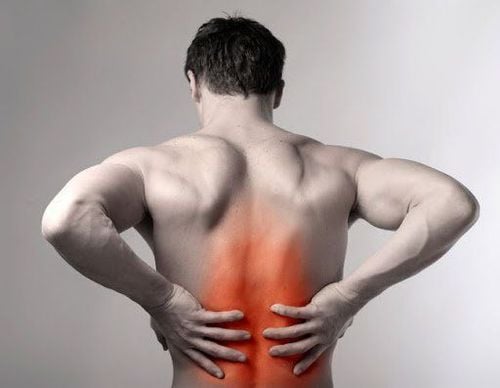
3. Diagnostic tests for spinal stenosis
3.1. X-ray This is the most common method to diagnose spinal stenosis through the bone structure of the spine. On X-ray film, it will clearly show a narrow spinal canal, if any. Usually, the patient will be asked to take pictures in 2 positions: standing opposite and standing on side.3.2. CT Scan Also known as computed tomography, CT Scanner helps diagnose spinal stenosis by combining several X-ray films together. The shape and size of the spinal canal will show up clearly on the x-ray. In addition, the doctor will also clearly see the internal components, as well as the surrounding structure and bone anatomy details when taking a CT scan of the patient.
3.3. Magnetic Resonance Imaging (MRI) This is a method of imaging diagnosis through magnetic energy combined with computer technology. Magnetic resonance imaging (MRI) is capable of accurately displaying images of the nerve roots, spinal cord, and surrounding areas. Thereby, the doctor can easily see the condition of hypertrophy, tumor or degeneration if any.
3.4. Myelography The myelogram is performed after the injection of contrast material into the cerebrospinal fluid space, which helps to clearly see the shape of the spinal cord and nerves. Through X-ray or CT scan, also show all compression to this area if any. In addition, nerve conduction velocity measurement can also be used to determine whether nerve compression is causing numbness or tingling in the vacuum.
All diagnostic methods of spinal stenosis are applied to check the influence of the spinal canal, especially affecting the nerve roots and spinal cord. In many cases, spinal stenosis will cause compression of various nerves and conversely, nerve compression can also cause spinal stenosis symptoms. Therefore, some methods of diagnosing spinal stenosis will require the patient to perform in an upright position to easily assess the influence of longitudinal pressure on the spine.
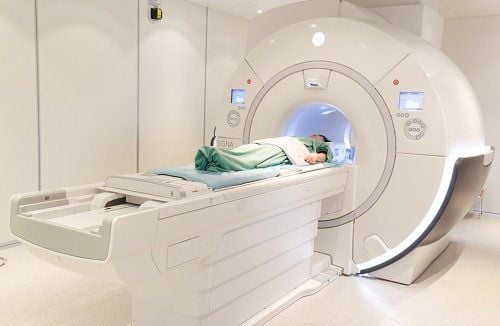
4. Prevention of spinal stenosis
Spinal stenosis can be prevented by making lifestyle and lifestyle changes. Even if you already have the disease, you can control and reduce symptoms by:Periodic health check-ups 1-2 times a year to detect the disease early and benefit the treatment process. People with spinal stenosis should have regular check-ups to closely monitor the progression of the disease. Adhere to a healthy lifestyle, sleep on time and avoid stress, limit early bone degeneration. Have a reasonable diet with lots of green vegetables and nutrients that are beneficial for bones and joints. Avoid processed foods or foods high in oil and salt that destroy bones and joints. Maintain a reasonable weight to reduce pressure on the skeleton. Eliminate bad habits that are harmful to bones and joints, such as smoking, using stimulants, alcohol addiction... Exercise and exercise regularly to help bones and joints be flexible and supple. This is a way to prevent most osteoarthritis in particular and good for health in general. In summary, the doctor will diagnose spinal stenosis based on the history and physical examination. In addition to blood and urine tests for differential diagnosis, patients are often prescribed spine X-ray or magnetic resonance imaging (MRI) and CT scan of the spine if clearer images are needed. Nerve conduction velocity and myelograms can also be used as needed.
Currently, Vinmec International General Hospital has been and continues to be fully equipped with modern diagnostic facilities such as: PET/CT, SPECT/CT, MRI... biology, immunohistochemistry, genetic testing, molecular biology testing, as well as a full range of drugs to treat diseases. Accordingly, the process of examination and accurate diagnosis of the disease is carried out by experienced and qualified doctors.
After having an accurate diagnosis of the disease and stage, the patient will be consulted to choose the most appropriate and effective treatment methods. The treatment process is always closely coordinated with many specialties: Diagnostic Imaging, Biochemistry, Immunology, Cardiology, Stem Cell and Gene Technology; Department of Rehabilitation, Department of Psychology, Department of Nutrition... to bring the highest efficiency and comfort to the patient.
Especially, now to improve service quality, Vinmec also deploys many packages of General Health Checkup that can detect diseases early for timely examination and treatment.
Please dial HOTLINE for more information or register for an appointment HERE. Download MyVinmec app to make appointments faster and to manage your bookings easily.





